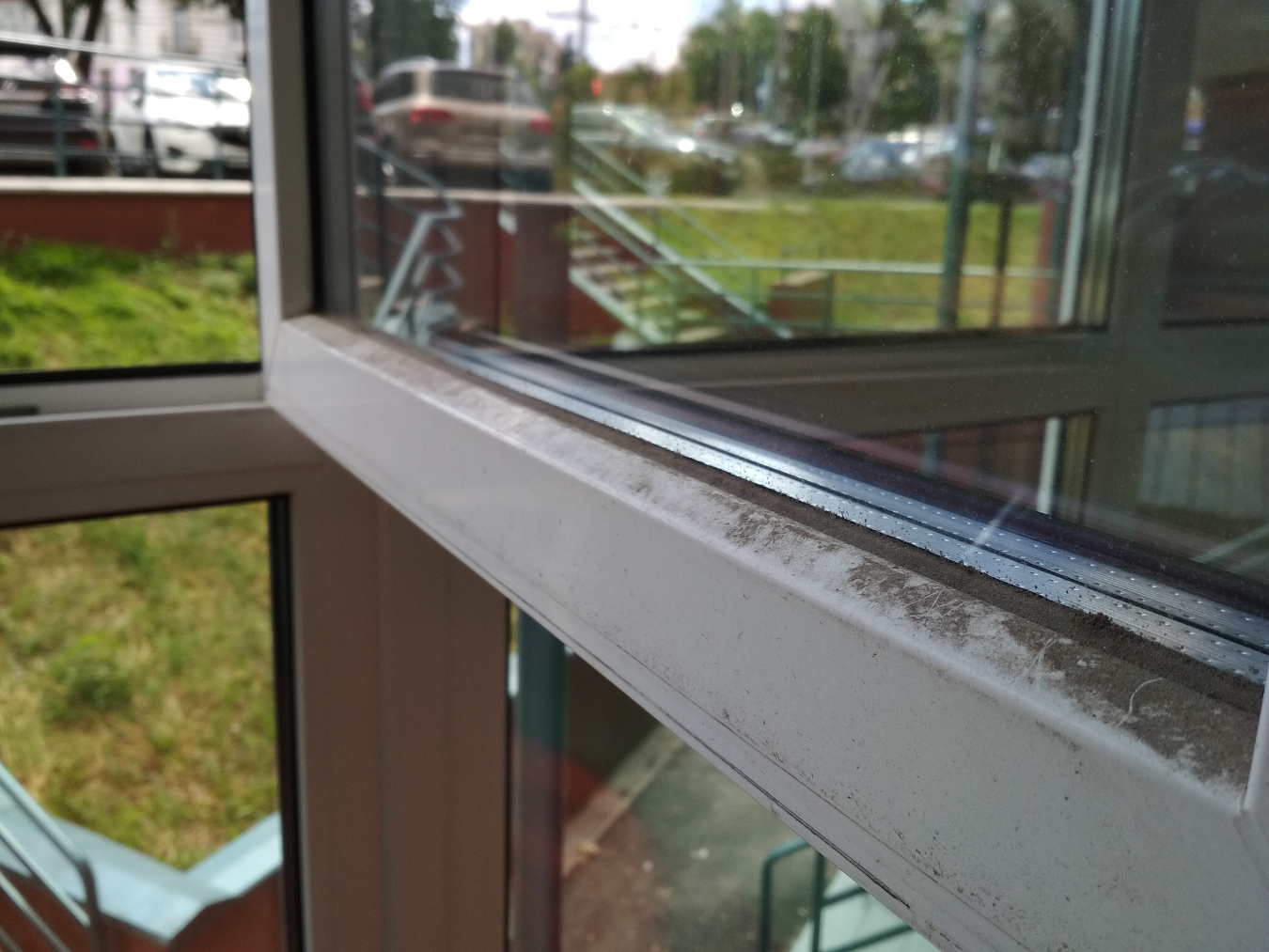
Summer window maintenance
Windows require minimal effort to keep in perfect condition during the summer — especially if they were prepared in spring for the warmer season. That includes:
- ● checking the hardware is working properly – easy opening, closing and tilting for ventilation,
- ● oiling catches with engine oil and treating seals with silicone-based products,
- ● cleaning dirt from the frame and glass,
- ● installing insect screens and planning sun protection, if needed.
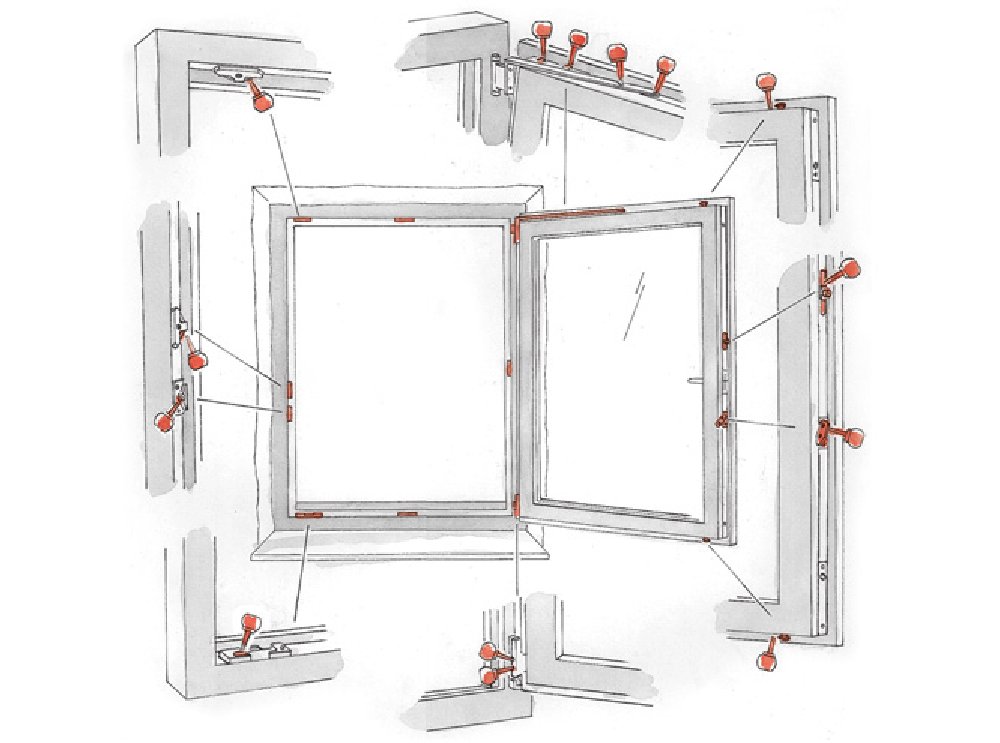
These steps are usually enough to forget about window maintenance in summer. An exception might be heavy dirt accumulation near busy roads. Pollen or airborne rust can also cause unpleasant surprises — when there’s a lot in the air, it settles on the frame and leaves a brownish-yellow film. In such cases, wipe the frame more frequently to stop the film from “baking in” under the sun.
On sunny days, dirt is easier to spot, but it’s recommended to clean windows in cloudy weather. Heat causes the cleaning solution on frames and glass to dry too fast and leave streaks. Avoid using metal brushes or rough sponges, and never use sharp tools like knives or screwdrivers that could damage the surface. Also avoid abrasive materials or products containing acids, acetone or other harsh chemicals.
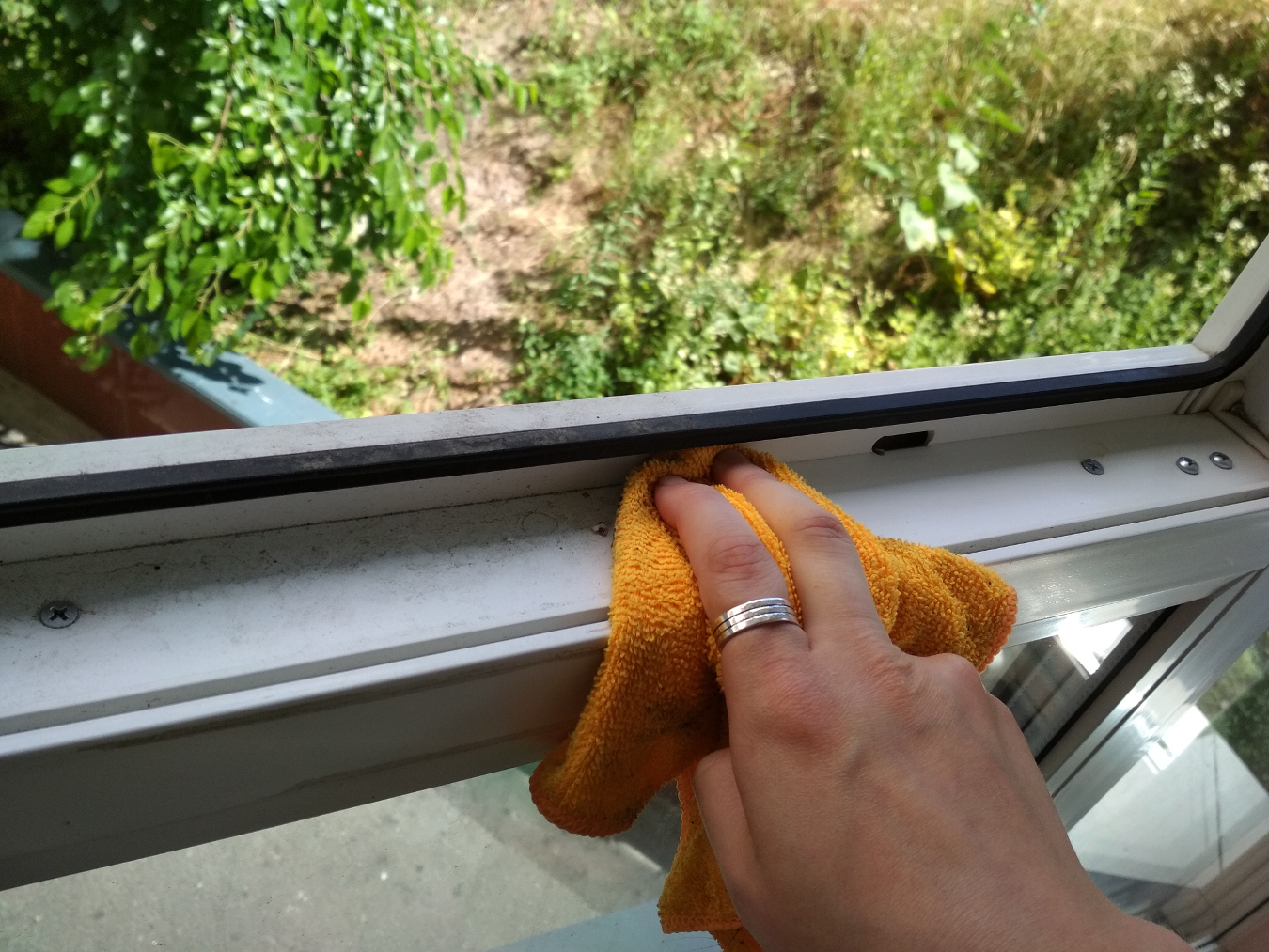
Maintenance of plastic windows
PVC frames don’t tolerate products with acetone or acid, abrasive powders or gels, rough sponges — especially not metal ones — as these leave scratches.
You can use a cleaner from a dedicated window care kit or simply use a mild soapy solution. Some companies provide these kits as gifts when windows are ordered.
- ● Dampen a sponge or cloth in lukewarm water with detergent and wring it out so it’s not dripping wet.
- ● Wipe down the frame and sash.
How to remove construction foam

After installation or renovation, windows may be stained with building materials. Tape, plaster or primer can be removed with warm water. Foam, however, won’t come off with water.
Uncured foam can be removed using special solvents or foam gun cleaners. Use a white cloth to avoid colour transfer. If using coloured sponges or cloths, test them for colourfastness first.
Once the stain is removed, wash the area with soapy water to protect the PVC and remove any chemical smell.
Alternatively, let the foam cure fully and scrape it off with a spatula that has rounded edges.
If the foam isn't fully removed, some suggest applying vegetable oil. Soak a cloth in oil, place it on the foam for 30 minutes, then try to remove the stain with a scraper. Repeat the process if needed.
Another option from online sources is the medical product “Dimexidum”. Wear gloves and treat it like a solvent. Apply with a cotton pad and leave on the foam for 5–10 minutes. Then gently remove the residue and wipe with a damp cloth. Test the product on a small area beforehand. It’s not suitable for lacquered wooden surfaces.
Foam residue on glass can be cleaned off using vinegar.
Cleaning drainage holes
Drainage holes in PVC windows remove condensation or rainwater, preventing moisture from entering the interior.
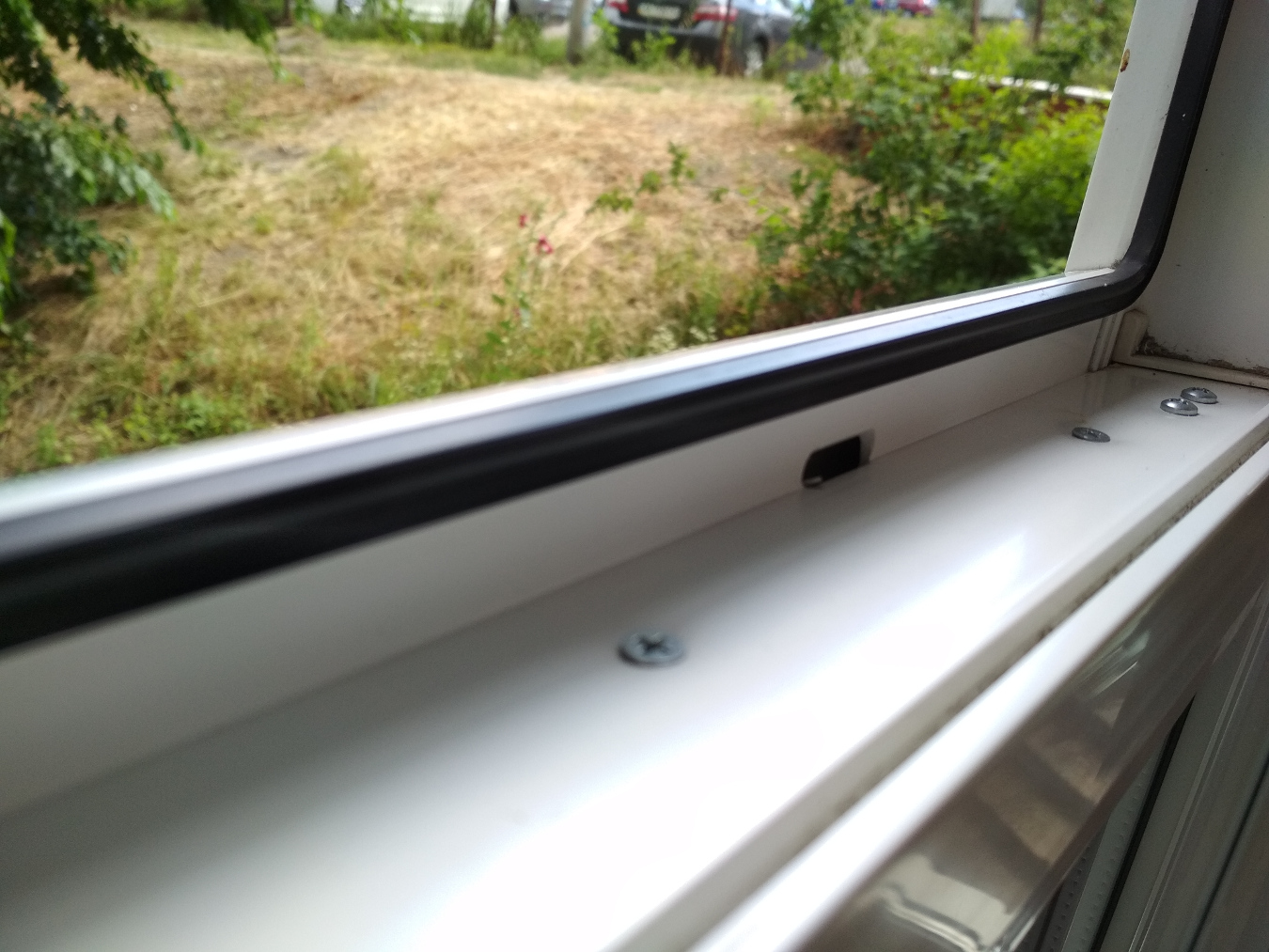
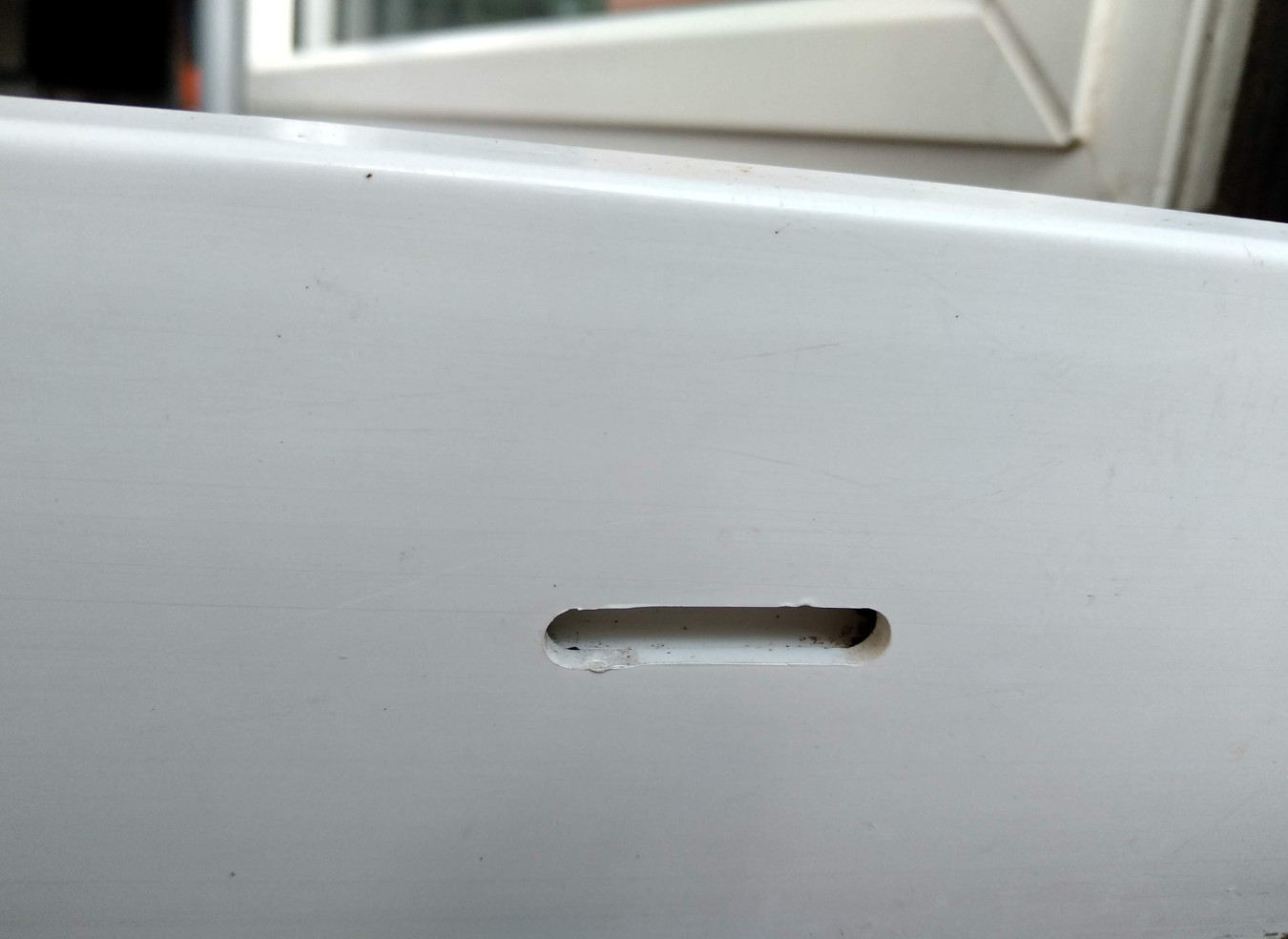
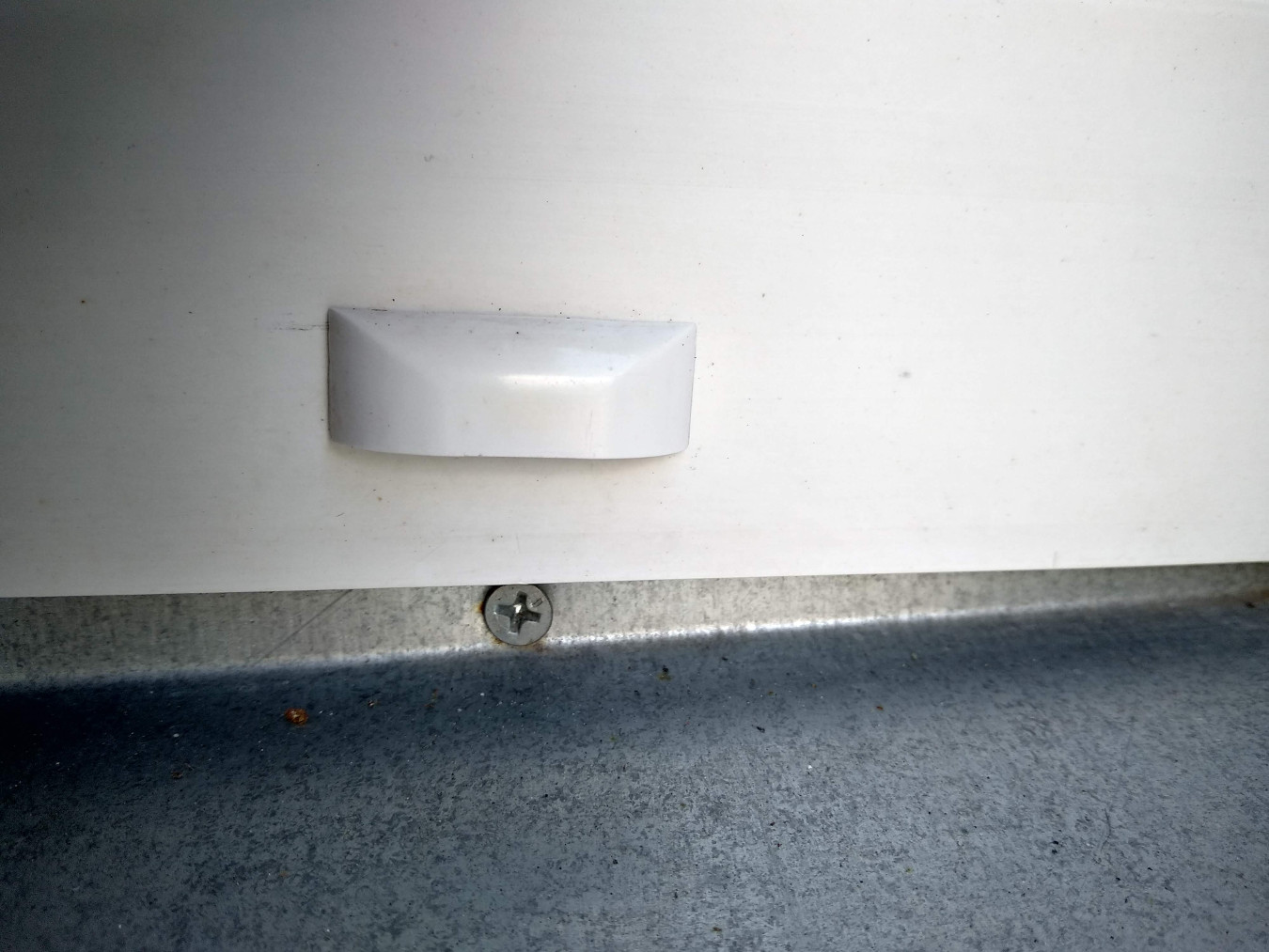

If water leaks indoors during wind-driven rain, the holes might be blocked. You can test this by pouring a small amount of water near the drainage hole – if it drains, the system is working.
To clear a blockage, use a wire and then clean the hole with cotton buds soaked in soapy water.
Maintenance of wooden frames
Wood doesn’t tolerate excessive moisture, so avoid letting water pool on the surface.
For lacquered wooden windows, use cleaners designed for lacquered finishes. You can also use regular liquid soap or add 2 tablespoons of ammonia to 1 litre of water.
- ● Wipe the frame and sash with a well-wrung soft sponge or cotton cloth.
- ● Dry with a clean cloth. Optionally treat the lacquered surface with a dedicated emulsion.
For heavy soiling, use products specifically developed for wooden windows.
Cleaning aluminium frames
Aluminium doesn’t tolerate dry abrasive powders – especially soda – as they can damage the protective coating. Use mild cleaning solutions and a soft cloth. Aluminium cleans well with washing-up liquid or liquid soap.
- ● Wipe with a cloth dampened in soapy water.
- ● Remove excess moisture.
If a balcony or loggia has sliding aluminium windows, the sashes can be removed, washed and put back. Hold the sash at both ends, lift slightly and pull downward. Be careful not to drop the sash and avoid leaving fingerprints or smudges. To reinstall, reverse the process. When the sliding system is removed, you can also clean the roller tracks.
Cleaning glass
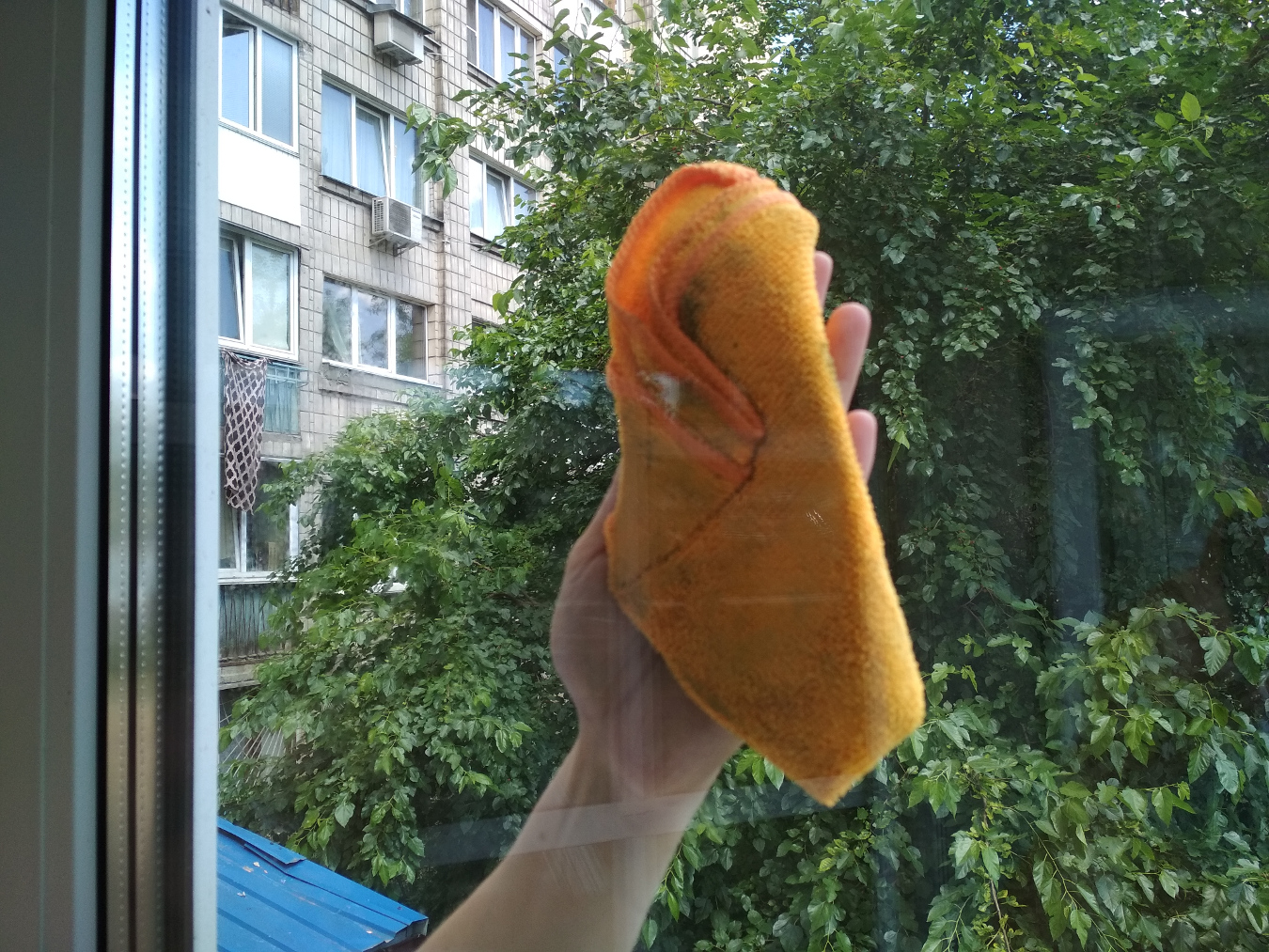
It’s better to clean glass after the frame, so as not to re-soil it with a dirty cloth.
Avoid abrasive powders which can scratch the glass. Use liquid cleaners. If you prefer not to use chemical products, add vinegar (about 20 ml per litre of water) or ammonia (30 drops per litre) to the water.
Apply the solution and remove it using tools like microfibre cloths, sleeve wipers, squeegees, scrapers, extendable window cleaners or magnetic brushes.
According to building codes, all parts of a window above the ground floor should open. In practice, this rule is often ignored. For safer cleaning at height, use an extendable window cleaner or magnetic brush. Magnetic brushes clean both sides of the glass at once. When choosing one, consider the glass thickness it’s designed for.
After cleaning, polish the glass with newspaper or a dry microfibre cloth.
Insect screens: summer care
Maintaining insect screens is similar to caring for plastic windows — they need cleaning. Screens may need extra attention due to poplar fluff, which doesn’t enter the room but sticks to the mesh.
In such cases, remove the screen and wash it under running water. If the screen is heavily soiled, pre-wash it with regular soap.





